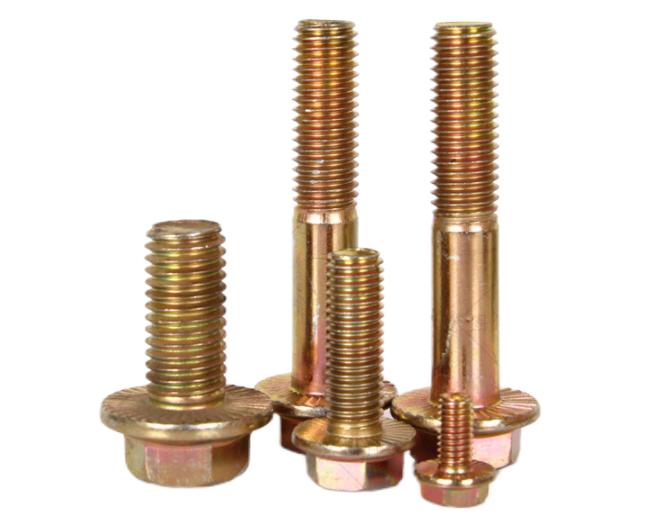Bolts are common multi-notched parts, and the fatigue strength of bolts is significantly influenced by various factors, including size, structure, material, and manufacturing process. Understanding the concept of fatigue strength and fatigue failure is crucial when evaluating bolt performance.

Fatigue strength refers to the maximum stress a material can withstand under infinitely repeated loads without failure, commonly known as the fatigue limit. Mechanical parts such as shafts, gears, bearings, blades, and springs experience periodic stress changes during operation. This stress that fluctuates over time is referred to as alternating stress or cyclic stress. Over an extended period of time, under the influence of alternating stress, cracks may develop or the part may suddenly rupture, a phenomenon known as metal fatigue.
Fatigue failure is a significant cause of mechanical part failures, accounting for more than 80% of such occurrences. Fatigue failures often result in major accidents as there is no noticeable deformation prior to failure.
Therefore, when selecting materials for shafts, gears, bearings, blades, springs, and other components subjected to alternating loads, it is essential to choose materials with superior fatigue strength.
Characteristics of Fatigue Failure Strength:
Fatigue failure exhibits suddenness, localized occurrence, and sensitivity to environmental factors and defects.
Due to the difficulty in early detection, fatigue failure can lead to accidents.
Factors Affecting Bolt Fatigue Strength:

Surface Quality of the Thread:
Smaller surface roughness reduces stress concentration and increases fatigue strength. As surface roughness increases, the fatigue limit decreases.
Surface treatments such as grinding, shot blasting, and rolling can improve the fatigue strength.
Thread rolling produces a deformation-strengthened layer and residual compressive stress, effectively preventing fatigue crack initiation and early growth.
Thread rolling reduces valley surface roughness, which improves fatigue strength.
Note:
If the thread is roll-pressed and subsequently heat treated, the favorable factors mentioned above are nullified. For improved fatigue performance, the thread should be roll-pressed after heat treatment.
Distance Between Nut Face and Thread:
Tests have shown that the closer the nut face is to the threading location, the earlier bolt failure may occur.
Material Defects:
Bolts that are not machined after cold heading or cold drawing may retain surface defects from the raw material. These defects can serve as sources of fatigue cracks, leading to premature fatigue failure.
Thread Valley Shape:
Stress concentration occurs at the thread valley during bolt loading, with the shape of the valley playing a significant role. A smoother valley groove results in reduced stress concentration and higher fatigue strength.






Comments (0)